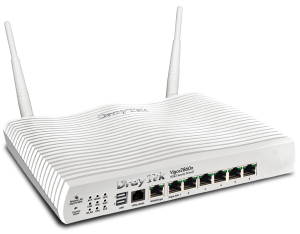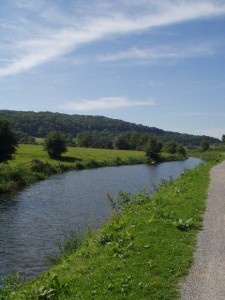Gigaclear increases their Essex footprint
Article
Gigaclear Deal Brings 1Gbps FTTP Broadband to 4,500 Essex Premises | ISPReviewFrom the horse’s mouth
Superfast Essex (Essex County Council)
My Comments
Gigaclear has put their foot in Essex’s door to offer fibre-to-the-premises broadband Internet.
Here, they were selected by the Superfast Essex project team initiated by the Essex County Council as a break from BT deploying most next-generation Internet projects in the county. It is part of the new “Rural Challenge” effort covering the Epping Forest area and receives funding from public and private sources with public money coming from the UK Government and from local government in the form of the Epping Forest District Council and the Essex County Council. The private source of funding comes primarily from Gigaclear.
They will deploy fibre-to-the-premises next-generation broadband to 4,500 properties in the Epping Forest area which will encompass Fyfield, Stapleford, Tawney, Bobbingworth and closely-located communities. The project will get off the ground in November 2015 and be complete by December 2016 if things go to plan and Gigaclear were awarded GBP£7.5m to have it running. As regular readers will know, Gigaclear’s fibre-to-the-premises infrastructure supports the same bandwidth for both uploading and downloading and they are capable of offering Gigabit transfer speeds for the Internet services.
If this project is deemed successful, the Essex County Council could consider covering more of that county with the fibre-to-the-home technology courtesy of Gigaclear. The wider Superfast Essex project is still based on FTTC fiber-copper technology provided by BT Openreach and this covers 87% of the county.
A good question that is worth raising is whether these rollouts could technically and legally support infrastructure-level competition including allowing one provider to provide infrastructure for FTTP broadband while another can provide infrastructure for fibre-copper broadband services. It also encompasses whether a retail provider would be able to have access to one network or all of the networks and I would find it worth looking at how the French have been rolling out fibre broadband on an infrastructure-competition basis and is something that Ofcom could investigate when it comes to assuring a sustainably-competitive best-value Internet service for urban-living and rural-living Britons.

![Epping Forest © Copyright tim and licensed for reuse under this Creative Commons Licence tim [CC BY-SA 2.0 (http://creativecommons.org/licenses/by-sa/2.0)], via Wikimedia Commons](https://homenetworking01.info/wp-content/uploads/2015/07/geograph-096109-by-tim-300x225.jpg)


![Cotswolds hill and village picture courtesy of Glenluwin (Own work) [CC BY-SA 3.0 (http://creativecommons.org/licenses/by-sa/3.0)], via Wikimedia Commons](https://homenetworking01.info/wp-content/uploads/2015/06/Village_seen_from_a_mountain_in_the_Cotswolds_-_1983-300x196.jpg)




![Yorkshire Dales By Kreuzschnabel (Own work) [CC-BY-SA-3.0 (http://creativecommons.org/licenses/by-sa/3.0), GFDL (http://www.gnu.org/copyleft/fdl.html) or FAL], via Wikimedia Commons](https://homenetworking01.info/wp-content/uploads/2014/09/2013_Langthwaite_Arkengarthdale-Yorkshire-Dales-300x225.jpg)

